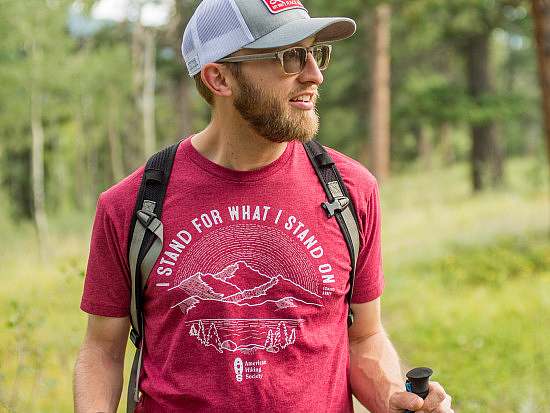Travel Management Planning – Protecting the Hiking Experience
The hiking experience on America’s public lands will be profoundly affected by a series of “Travel Management Plans” currently underway by the USDA Forest Service and Bureau of Land Management (BLM). The agencies recently enacted policies intended to address the problem of increasing damage from unmanaged off-road vehicle (ORV) recreation, which includes all-terrain vehicles (ATVs), dirt bikes, and 4-wheel drive vehicles. Yet, many draft Travel Management Plans are based on outdated assumptions about the growth of ORV-related recreation while largely ignoring the adverse effects and conflicts (e.g., loud engine noise, exhaust fumes, and concerns regarding safety) that ORV use often poses for hiking and other “quiet” recreationists.
After adopting the November 2005 Travel Management Rule, the Forest Service announced a four-year Travel Management planning timeline for more than 170 national forests and ranger districts located throughout the country. That timeline has been extended and most National Forests are expected to complete the planning process by the end of 2010. Many forests are currently completing environmental analysis to help determine which roads and trails will be designated for ORV use or whether obsolete logging and mining roads should be returned to a more natural state. The BLM, which administers 261 million acres of public lands located largely in the West, is pursuing a similar process.
Throughout the travel management planning process, it is critical that agency planners consider and understand the voices or hikers, horseback riders and other quiet recreationists.
Steps You Can Take to Support Positive ORV Reforms on Federal Lands
• Get involved in travel planning on a nearby National Forest or BLM district. To participate, call or send an email to the agency and ask to be put on the list for public notification of their Travel Management Plan. View the Forest Service’s schedule for implementation of plans for each of the Nation’s 155 national forests and 20 grasslands.
• Write, phone or meet with local land managers in order to describe your favorite trails/activities/destinations, the qualities that make these landscapes unique (e.g., natural quiet, abundant wildlife, clean air/water, etc.) and why the travel planning process must ensure that ORV use not conflict with these values.
• Ask your Representatives/Senators to convey to local land managers the importance of including hikers, horseback riders and other quiet recreationists in public outreach efforts associated with Forest Service and BLM Travel Management Plans.
• Write a letter to the editor of your local newspaper describing why the voice of hikers and other quiet users must be heard during the local Forest Service or BLM travel planning process.
Keep up to date on hiking related advocacy issues by subscribing to AHS Advocacy E-Alerts


